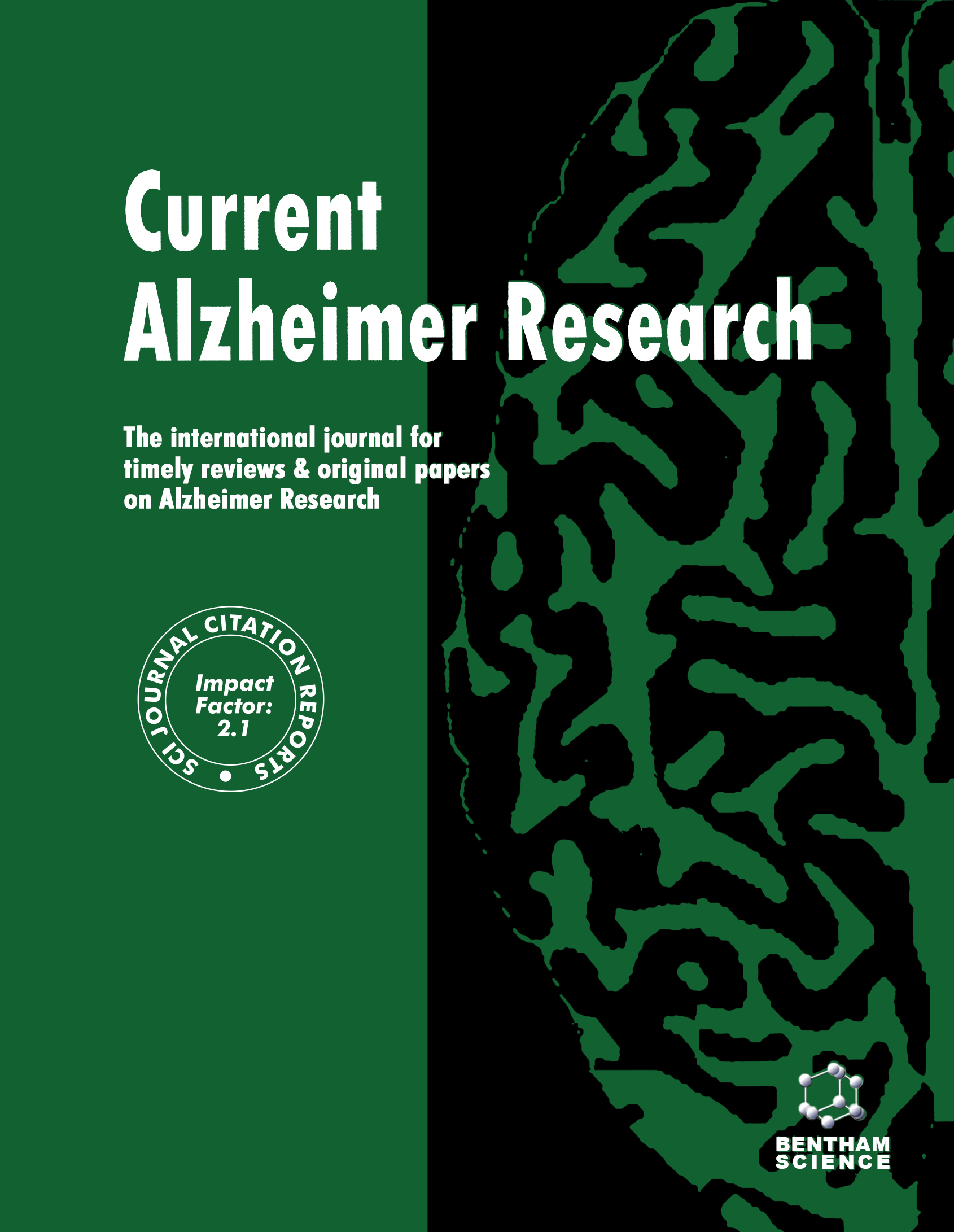
Full text loading...
We use cookies to track usage and preferences.I Understand
The Corpus Callosum (CC) is the largest commissural tract in the nervous system. Few studies have examined the extent of CC in Alzheimer's disease (AD) patients, and these studies have reported conflicting findings.
The study was performed using 176 brain MRI images of 88 Alzheimer's patients (55 women-32 men) and 88 healthy individuals (44 women-44 men).
In our study, 7 different parameters of the CC were measured, and their average values were determined. We measured each parameter separately in AD patients and healthy individuals and compared them with each other.
CC has an important place not only in Patients with AD but also in other neurodegenerative diseases. We consider that our study will be useful in the evaluation of Patients with AD.

Article metrics loading...

Full text loading...
References


Data & Media loading...

